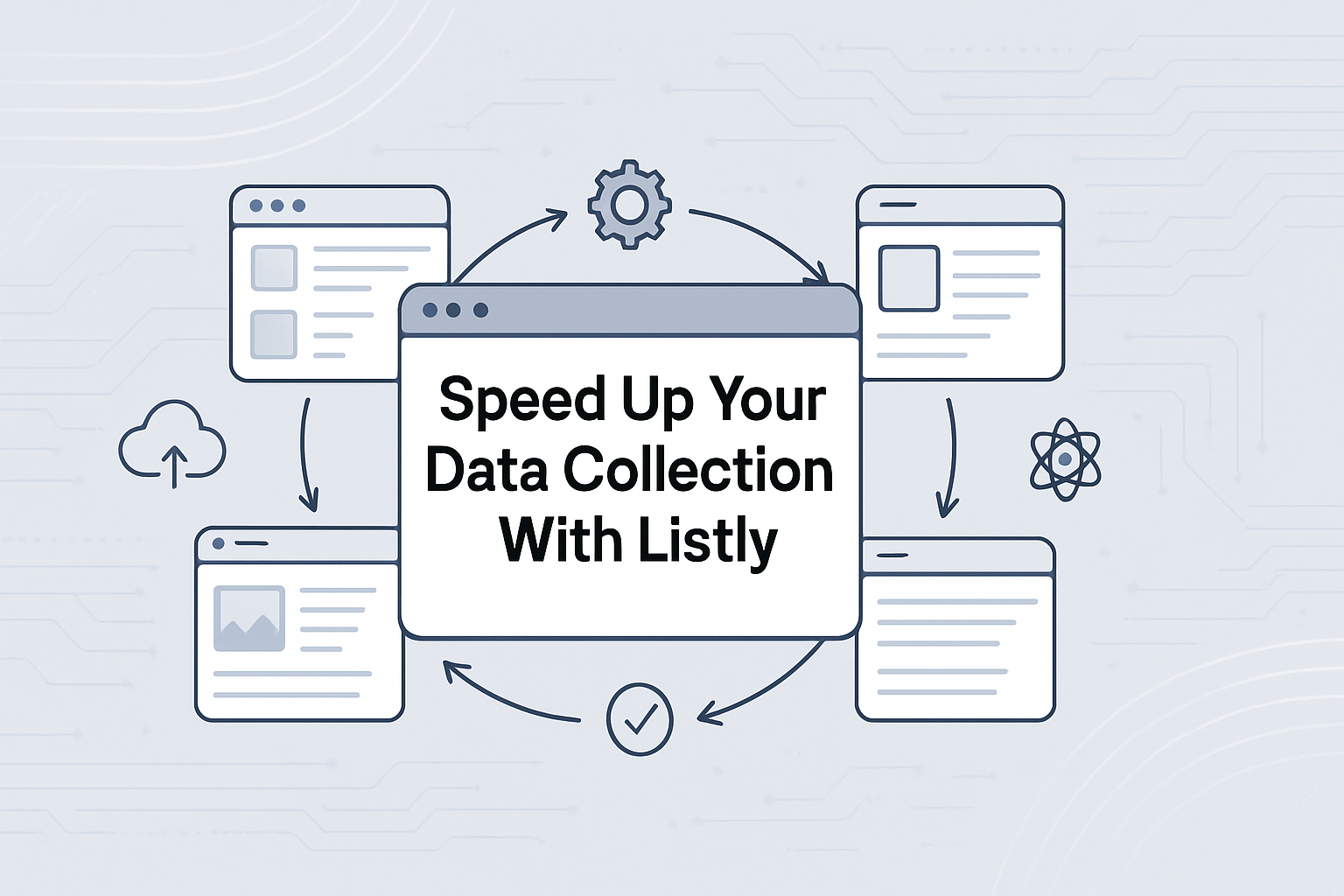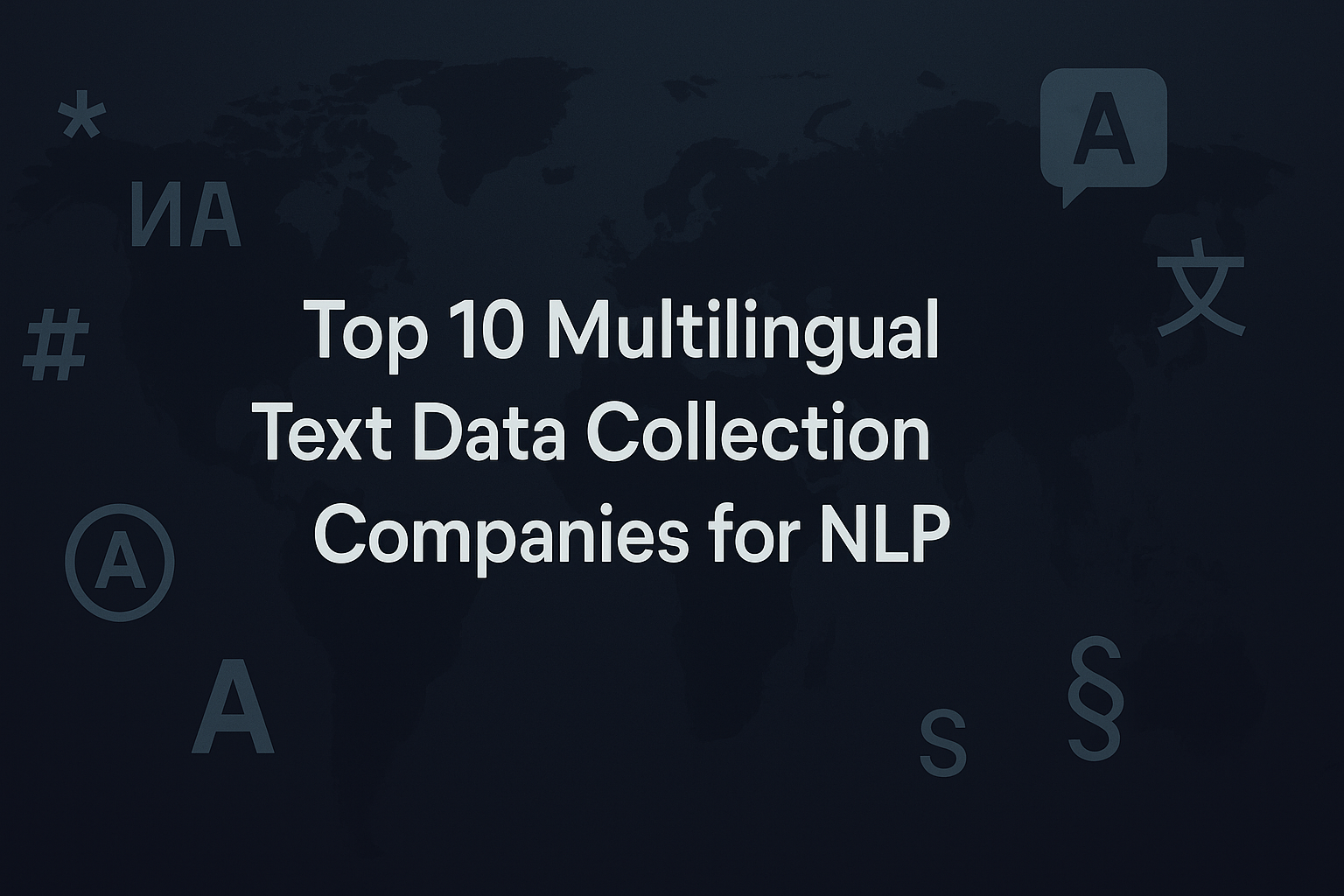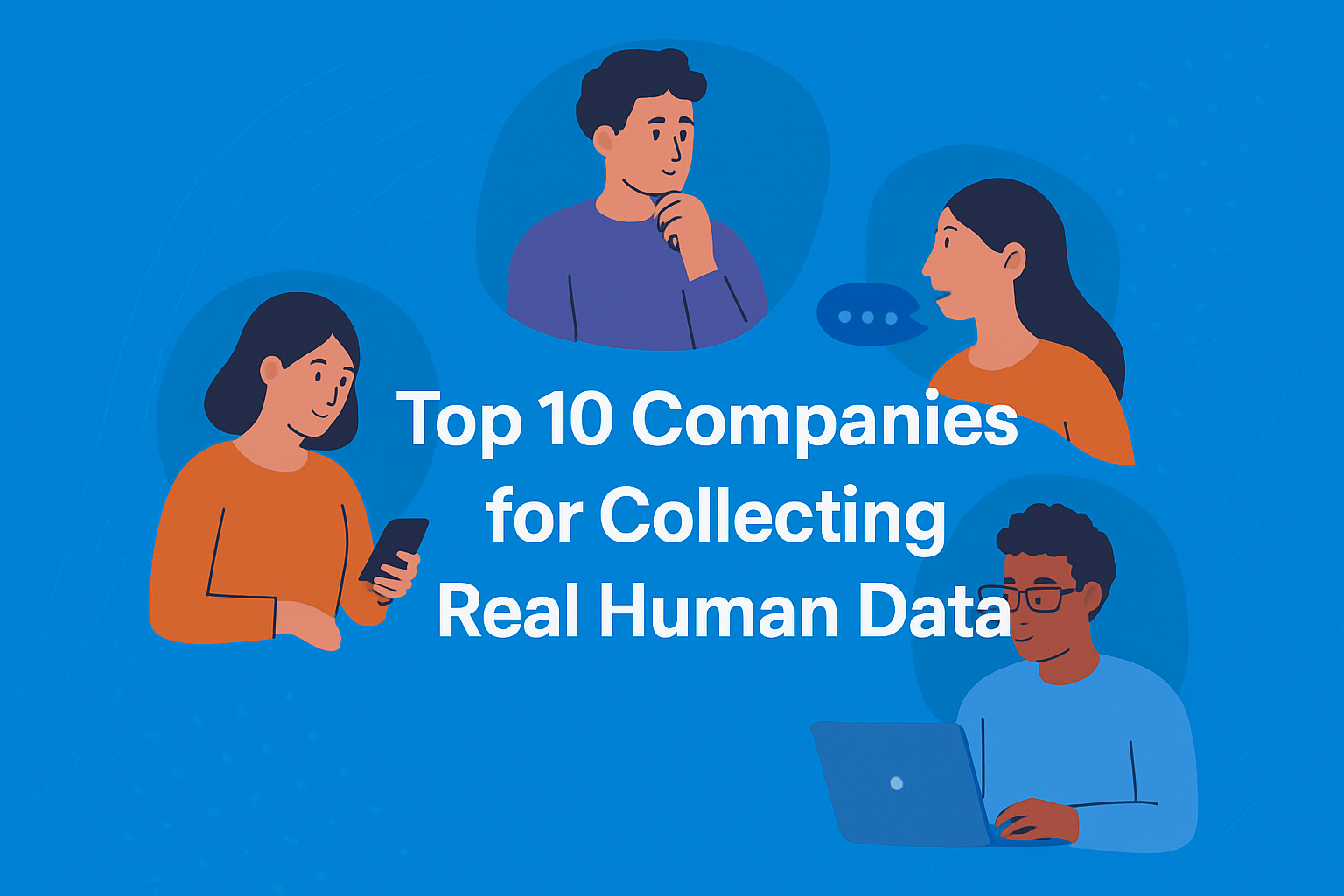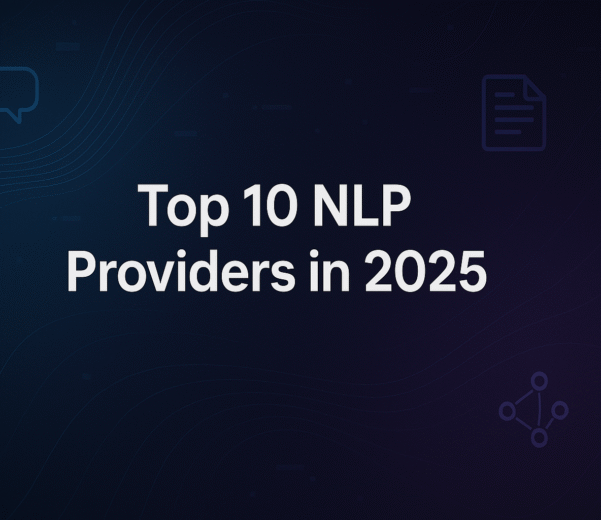Introduction
In today’s data-driven world, speed and accuracy in data collection aren’t just nice-to-haves—they’re essential. Whether you’re a researcher gathering academic citations, a data scientist building machine learning datasets, or a business analyst tracking competitor trends, how quickly and cleanly you collect web data often determines how competitive, insightful, or scalable your project becomes.
And yet, most of us are still stuck with tedious, slow, and overly complex scraping workflows—writing scripts, handling dynamic pages, troubleshooting broken selectors, and constantly updating our pipelines when a website changes.
Listly offers a refreshing alternative. It’s a cloud-based, no-code platform that lets anyone—from tech-savvy professionals to non-technical teams—collect structured web data at scale, with speed and confidence.
This article explores how Listly works, why it’s become an essential part of modern data pipelines, and how you can use it to transform your data collection process.
What is Listly?
Listly is a smart, user-friendly web scraping tool that allows users to extract data from websites by simply selecting elements on a page. It detects patterns in webpage structures, automates navigation through paginated content, and delivers the output in clean formats such as spreadsheets, Google Sheets, APIs, or JSON exports.
Unlike traditional scraping tools that require writing XPath selectors or custom code, Listly simplifies the process into a few guided clicks. It’s built to be intuitive yet powerful—suited for solo researchers, data professionals, and teams working on large-scale data collection projects.
Its cloud-based infrastructure means you don’t need to install anything. Your scrapers run in the background, freeing your local machine and allowing scheduling, auto-updating, and remote access.

The Traditional Challenges of Web Scraping
Collecting web data is rarely as simple as it sounds. Most users face a set of recurring issues:
Websites often rely on JavaScript to load important content, which traditional parsers struggle to detect.
The HTML structure across pages can be inconsistent or change frequently, breaking static scrapers.
Anti-bot protections such as login requirements, CAPTCHAs, and rate-limiting block automated scripts.
Writing and maintaining code for different sites is time-intensive and often unsustainable at scale.
Organizing and formatting raw scraped data into usable form requires an extra layer of processing.
Even tools that offer point-and-click scraping often lack flexibility or fail on modern, dynamic websites. This leads to inefficiency, burnout, and data that’s either outdated or unusable.
Listly was created to solve all of these problems with one unified platform.
Why Listly is Different
What sets Listly apart is its combination of speed, ease of use, and scalability. Instead of requiring code or complex workflows, it empowers you to build scraping tasks visually. In under five minutes, you can extract clean, structured data from even JavaScript-heavy websites.
Here are some of the reasons Listly stands out:
It doesn’t require technical skills. You don’t need to write a single line of code.
It works with dynamic content and modern site structures.
You can scrape multiple pages (pagination) automatically.
It supports scheduling and recurring data collection.
It integrates directly with Google Sheets and APIs for seamless workflows.
It’s built for teams as well as individuals, allowing collaborative task management.
The result is a faster, smarter, and more reliable data collection process.
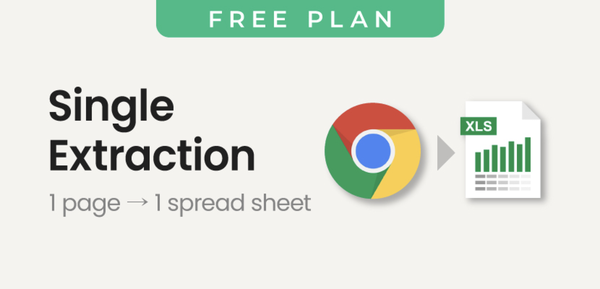
Key Features That Speed Up Web Data Collection
Listly’s value lies in its automation-focused features. These tools don’t just make scraping easier—they dramatically reduce time, errors, and manual effort.
Visual Point-and-Click Selector
Instead of writing selectors, you visually click on the content you want to extract—such as product names, prices, or titles—and Listly automatically identifies similar elements on the page.
Automatic Pagination
Listly can navigate through multiple pages in a sequence without you needing to manually define “next page” behavior. It detects pagination buttons, scroll actions, or dynamic loads.
Dynamic Content Support
It handles JavaScript-rendered content natively. You don’t need to worry about waiting for elements to load—Listly manages that internally before extraction begins.
Field Auto-Mapping and Cleanup
Once you extract data, Listly intelligently labels and organizes the output into clean columns. You can rename fields, remove unwanted entries, and ensure consistency without any post-processing.
Scheduler for Ongoing Scraping
With scheduling, you can automate recurring scrapes on a daily, weekly, or custom basis. Ideal for price monitoring, trend analysis, or real-time dashboards.
Direct Integration with Google Sheets and APIs
Listly can send extracted data directly into a live Google Sheet or external API endpoint. That means you can integrate it into your business systems, dashboards, or machine learning pipelines without downloading files.
Multi-Page and Multi-Level Extraction
Listly supports scraping across multiple layers—such as clicking into a product to get full specifications, reviews, or seller information. It seamlessly links list pages to detail pages during scraping.
Team Collaboration and Access Control
You can share tasks with colleagues, assign roles (viewer, editor, admin), and manage everything from a centralized dashboard. This is especially useful for research groups, marketing teams, and AI training teams.
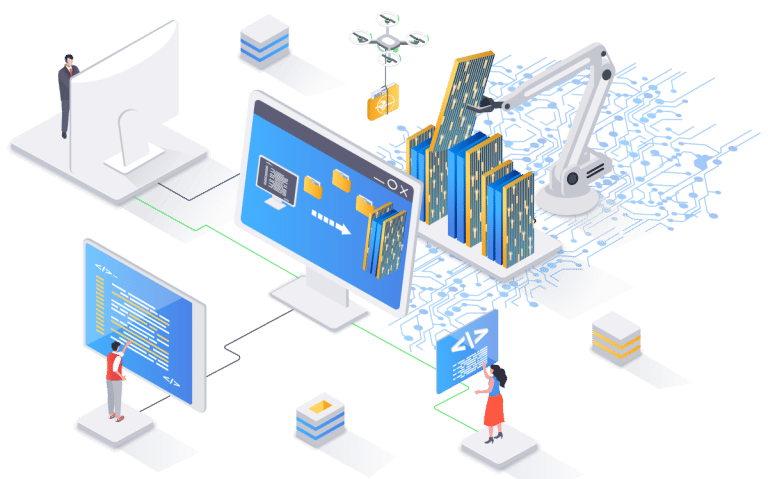
How to Get Started With Listly
Using Listly is straightforward. Here’s how the typical workflow looks:
Sign up at listly.io using your email or Google account.
Create a new task by entering the target webpage URL.
Select the data fields by clicking on the relevant elements (e.g., headlines, prices, ratings).
Confirm the selection pattern, review auto-generated fields, and refine as needed.
Run the scraper and watch the system collect structured data in real-time.
Export or sync the output to a destination of your choice—Excel, Google Sheets, JSON, API, etc.
Set up a schedule for recurring scrapes if needed.
The setup process usually takes under five minutes for a typical site.

Use Cases Across Industries
Listly can be applied to a wide range of domains and data needs. Below are some examples of how different professionals are using the platform.
E-commerce Analytics
Scrape prices, availability, product descriptions, and ratings from marketplaces. Useful for competitor tracking, market research, and pricing optimization.
Academic Research
Extract citation data, metadata, publication titles, and author profiles from journal databases, university sites, or repositories like arXiv and PubMed.
Real Estate Market Analysis
Collect listings, agent contact information, amenities, and pricing data from real estate platforms. Ideal for property research and valuation models.
AI and ML Dataset Collection
Use Listly to gather labeled data such as image URLs, product specs, or textual reviews to feed into supervised training pipelines.
Brand Monitoring and Sentiment Analysis
Scrape reviews, forum discussions, or blog comments and analyze sentiment, keyword trends, and user behavior.
Job Market Analysis
Aggregate job listings, salary ranges, and hiring company data from job boards like Indeed or LinkedIn.
Investment and Finance Research
Scrape public company reports, financial data, stock prices, and news headlines for quantitative research.
Advanced Scraping Techniques
Listly supports more than just basic single-page scraping. Here are some ways you can use it in more complex data collection scenarios.
Multi-Level Navigation
Click into product or article detail pages to collect deep-level information—such as full specifications, customer reviews, author bios, or technical documentation.
Login and Session-Based Scraping
Use Listly’s browser session features to scrape data behind login walls. This is useful for members-only sites or gated content.
Dynamic Element Loading
Configure wait times and triggers to capture elements that appear only after scrolling, clicking, or interacting with the page.
Filtering and Pre-Sorting
You can apply filters before scraping to reduce noise in your dataset. For example, you might scrape only 1-star reviews or listings within a certain price range.
Integration with External Tools
One of Listly’s biggest strengths is its interoperability with the tools you’re already using.
Google Sheets: Get real-time updates in your spreadsheet without exporting manually.
Zapier: Trigger downstream automation like email alerts, Slack messages, or Airtable updates when new data is scraped.
Custom APIs: Push scraped data directly to your database, dashboard, or ML training environment via RESTful APIs.
BigQuery and Data Lakes: With proper formatting, Listly’s JSON exports can be streamed into cloud data warehouses.
This kind of integration turns Listly from a scraper into a full-fledged automation pipeline.
Comparing Listly to Other Tools
Let’s compare Listly to some common alternatives in terms of usability and performance.
| Tool | Requires Coding | Handles JS | Auto Pagination | Team Features | Cloud-Based | Setup Time |
|---|---|---|---|---|---|---|
| Listly | No | Yes | Yes | Yes | Yes | 5 minutes |
| Octoparse | No | Yes | Yes | No | Yes | 30+ minutes |
| ParseHub | No | Yes | Yes | No | Yes | 30+ minutes |
| Scrapy | Yes | No* | Yes | No | No | 1–3 hours |
| Selenium | Yes | Yes | No | No | No | 2+ hours |
* Scrapy requires headless browser plugins or middlewares for JS handling.
Potential Limitations and Solutions
While Listly offers broad capabilities, no tool is perfect. Here are some edge cases to be aware of:
CAPTCHAs: Sites with aggressive bot protection may block scraping. Workarounds include using authenticated sessions or proxy rotation.
Rate Limiting: If a site throttles traffic, space out your scraping frequency or use IP rotation.
Highly Irregular Structures: Listly relies on patterns. If a site has poor HTML structure or inconsistent formatting, results may need manual review.
Legal Restrictions: Always review a website’s terms of use. Some sites prohibit scraping altogether or require explicit permission.
Best Practices for Efficient Scraping
To get the most out of Listly, keep these practices in mind:
Start small. Test your scraper on 10–20 items before scaling up.
Rename fields clearly so your data is immediately usable.
Schedule recurring jobs during off-peak hours to reduce chances of being blocked.
Use filtering and pre-processing logic to reduce junk data.
Respect website terms and avoid overloading servers.
Ethics and Compliance in Data Collection
Data collection must always be responsible. Here are a few ethical considerations to follow:
Do not collect personal or sensitive user data.
Honor any robots.txt files or scraping policies.
Avoid scraping user-generated content behind logins without consent.
Use the data for permissible use cases such as research, monitoring, or internal analytics.
Scraping is a powerful tool—but only when used responsibly.
The Future of Smart Scraping
Listly is part of a growing wave of tools that blend automation with artificial intelligence. In the near future, we can expect even more enhancements:
Scraping powered by natural language prompts (“Collect all iPhone 15 specs from top 5 e-commerce sites”).
AI that automatically updates scrapers when site layouts change.
Built-in OCR for data hidden in images or PDF tables.
Pre-built templates for popular websites like Amazon, Etsy, LinkedIn, or Yelp.
As scraping evolves, tools like Listly will become essential infrastructure for digital research, marketing, and AI training.
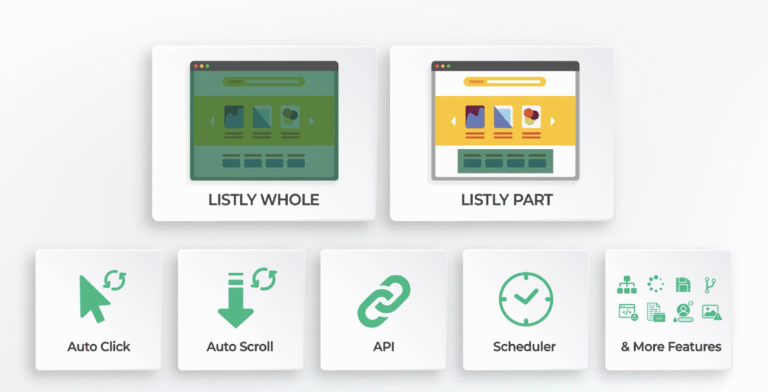
Conclusion
Listly is more than a scraping tool—it’s a productivity accelerator for anyone working with web data. By removing technical barriers, automating repetitive steps, and offering seamless integrations, it allows you to collect data at speed, scale, and consistency.
If you’re still spending hours writing scripts or manually copying tables, it’s time to try something better. Whether you’re a researcher, analyst, founder, or student, Listly can help you extract more insights in less time—without the hassle.
When data powers your decisions, speed is everything.
Listly helps you get there faster.



